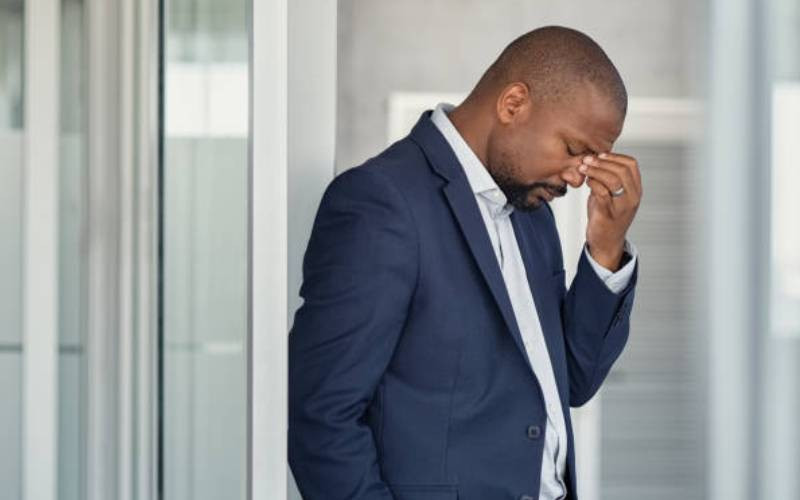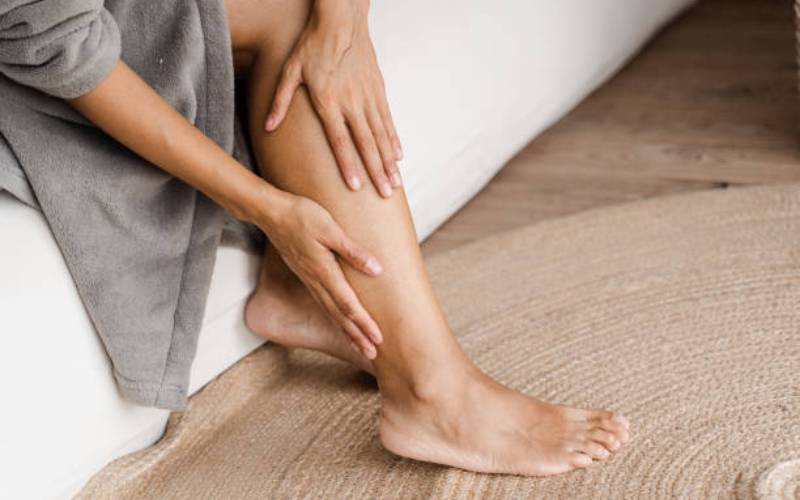Over the course of an average day, the feet are subjected to weight loads equal to several hundred tonnes. With all this, anything can go wrong, writes DR MARGA BOYANI
A quarter of all your bones are in your feet. Each foot has 26 bones, 33 joints, 107 ligaments and 19 muscles and this is not counting the 12 leg muscles that connect each foot to the rest of the body.
Your feet also take an average of 18,000 steps a day and walk more than 120,000 km in your lifetime; that’s like walking around the world three times.
When you run, your feet hit the ground with a force three times equal to your weight. With all this, anything can go wrong.
Shin splints
This is pain along your shinbone, the large bone in the front of your lower leg and is due to an overload on your tibia and the connective tissues that attach your muscles to your tibia. It results from repeated impact of your feet on hard surfaces with lots of starts and stops like when playing basketball, tennis or during aerobics and running down hill, running in worn-out footwear or if you have flat arches because your feet tend to roll too far inward when running. It is also caused by training mistakes like the ‘terrible toos’ - training too hard, too fast or for too long
At first, the pain may stop when you stop running or exercising but over time, it becomes constant in the affected shins. Try some self care — rest, ice, compression, elevation.
Calcaneal spurs
If you get a sharp, stabbing pain under the heel that is relieved when you rest but is worse after getting up again, if it’s most painful first thing in the morning and made worse by walking on a hard surface or carrying something heavy, you may have a calcaneal spur. This a small bony projection formed on the heel bone, caused by putting too much pressure on the sinew in the sole of the foot over a long period of time.
Every time you take a step, one of your heels supports the whole weight of your body and as you move, the load is equal to 20 times your body weight. This load is softened by a pillow of fat under the heel and a large sinew under the sole of the foot that is attached to the end of the heel bone. The tendon of the calf muscles, the Achilles tendon is also fixed on this heel bone.
When Achilles tendon is overloaded, there will be extra strain on the sinew and muscles in the soles of the foot causing inflammation and small cracks in the sinew. Every time you sit down, sleep or rest your legs, the muscles of the sole of the foot will contract in an attempt to protect the damaged sinew and the pain in the heel stops but the sinew cracks even more when you move again and the pain returns. The body then tries to repair this damage in the same way it would attempt to repair a broken bone-by wrapping it up in bone. When this occurs over a long period of time, the result is a calcaneal spur. Most sufferers are overweight and middle-aged due to shrinking of the shock-absorbing fat pillow under the foot.
Corns and calluses
These are thick areas of skin on the hands and feet and form on the skin to protect it from pressure or friction. Calluses are found on both hands and feet and are generally painless. Manual labourers get them on their hands, runners on the soles of their feet and guitarists on their fingertips.
Corns are smaller and occur on toes, are often painful and result from wearing shoes that are too tight or poorly fitting. People with high arches are more prone to get corns because they exert extra pressure on their toes while walking. Corns and calluses can become infected in diabetics and in those with poor circulation in their feet.
Stay informed. Subscribe to our newsletter
 The Standard Group Plc is a
multi-media organization with investments in media platforms spanning newspaper
print operations, television, radio broadcasting, digital and online services. The
Standard Group is recognized as a leading multi-media house in Kenya with a key
influence in matters of national and international interest.
The Standard Group Plc is a
multi-media organization with investments in media platforms spanning newspaper
print operations, television, radio broadcasting, digital and online services. The
Standard Group is recognized as a leading multi-media house in Kenya with a key
influence in matters of national and international interest.
 The Standard Group Plc is a
multi-media organization with investments in media platforms spanning newspaper
print operations, television, radio broadcasting, digital and online services. The
Standard Group is recognized as a leading multi-media house in Kenya with a key
influence in matters of national and international interest.
The Standard Group Plc is a
multi-media organization with investments in media platforms spanning newspaper
print operations, television, radio broadcasting, digital and online services. The
Standard Group is recognized as a leading multi-media house in Kenya with a key
influence in matters of national and international interest.







